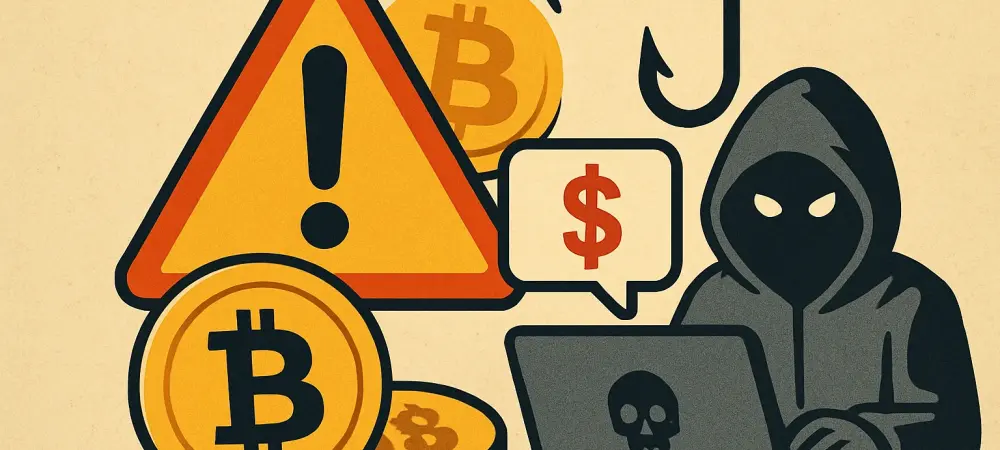In the rapidly evolving world of cryptocurrency, scams have become an unfortunate reality for many investors. Today, we’re diving deep into the shadowy tactics of financial fraud with Nicholas Braiden, an early adopter of blockchain technology and a leading FinTech expert. With years of experience advising startups on leveraging technology for innovation, Nicholas has witnessed firsthand the transformative potential of digital finance—and the devastating pitfalls of scams like the XA45K operation. In this interview, we explore how these schemes lure unsuspecting victims, the psychological tricks they employ, and the critical lessons for staying safe in the crypto space.
Can you walk us through what the XA45K operation was and how it stands out in the landscape of cryptocurrency scams?
The XA45K operation was a textbook example of a sophisticated crypto scam, often called “pig butchering” because of how it methodically builds trust before delivering the final blow. It targeted investors through social media, promising incredible returns via a fake trading platform. What made XA45K particularly insidious was its polished approach—fake personas, professional-looking interfaces, and a calculated escalation of investment. Unlike some scams that rely on quick hits, this one played the long game, cultivating deep emotional trust with victims before draining their funds completely.
How did the XA45K team initially connect with potential investors, and what made their approach so effective?
They started on popular platforms like Facebook, Instagram, and even dating apps, using carefully crafted personas. You’d get a random message from someone posing as a successful stranger or a financial guru, often starting with something innocent like a “wrong number” text. They’d quickly pivot to talking about their wealth, crediting it to a secret crypto strategy. The effectiveness came from how personal and relatable these interactions felt—people let their guard down when they think they’re chatting with a friend or mentor.
Why was moving conversations to private messaging apps such a critical step for the XA45K operatives?
Shifting to apps like WhatsApp or Telegram was a game-changer for them. Public social media platforms have monitoring systems that can flag suspicious activity, but private channels offered obscurity. It also created a sense of intimacy and exclusivity, like you were getting insider advice. This environment made it easier for them to manipulate emotions, sometimes even building romantic connections to deepen trust, which made victims more likely to invest without questioning the legitimacy.
What can you tell us about the fake trading platform XA45K used to deceive investors?
Their platform was a masterpiece of deception. It looked incredibly professional, with real-time market data and a slick user interface that mimicked legitimate exchanges. They’d show your small initial investment skyrocketing with fake returns, often based on so-called “expert signals” from the operative. Allowing tiny withdrawals early on was a brilliant touch—it made everything seem real. People saw money coming back and thought, “This works,” which lured them into pouring in much larger sums.
How did XA45K convince investors to keep increasing their investments over time?
They preyed on greed and hope. Once you saw those fabricated gains, they’d push you to “maximize profits” by investing more, often suggesting you dip into savings or take out loans. They used emotional tactics, like making you feel you were on the cusp of life-changing wealth, or creating urgency with limited-time “opportunities.” It was psychological manipulation at its finest—victims felt they couldn’t afford to miss out, even if it meant risking everything.
Can you describe the moment investors realized something was wrong with their XA45K investments?
The harsh truth hit when they tried to withdraw their “profits.” Suddenly, the platform would block access, citing made-up reasons like regulatory fees or compliance audits. They’d demand additional payments to “unlock” the funds, and even if someone paid, new excuses or fees would pop up. It was a gut punch—many investors went from dreaming of wealth to realizing they’d been duped, often after losing life savings with no way to recover.
What ultimately happened to the money investors put into XA45K, and why was recovery so difficult?
The money vanished into a black hole. Once the scam reached its peak, the operatives and their fake platform disappeared without a trace. Recovery was nearly impossible because the funds were likely funneled through untraceable crypto wallets or offshore accounts. There was no follow-up, no accountability—just silence. Victims were left with nothing, and the anonymous nature of blockchain transactions made tracking the culprits a nightmare.
What advice do you have for our readers to protect themselves from falling into traps like XA45K?
My biggest piece of advice is to stay skeptical. If someone approaches you out of the blue with a “can’t-miss” investment, especially in crypto, treat it as a red flag. Stick to well-known, regulated platforms for trading, and never share personal financial details on private messaging apps. Research thoroughly, ask hard questions, and remember that if something sounds too good to be true, it probably is. Educating yourself about common scam tactics is your best defense in this wild west of digital finance.

